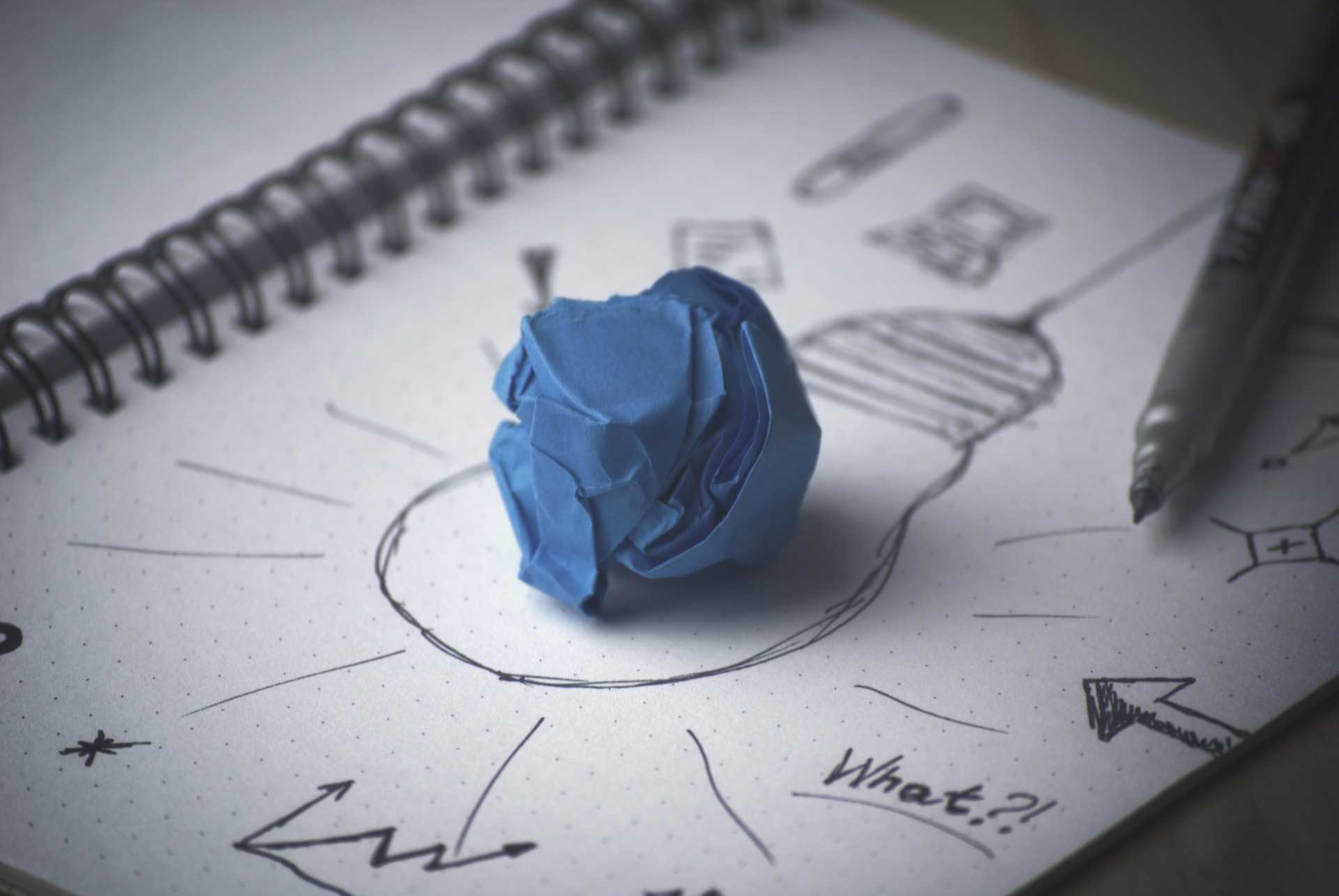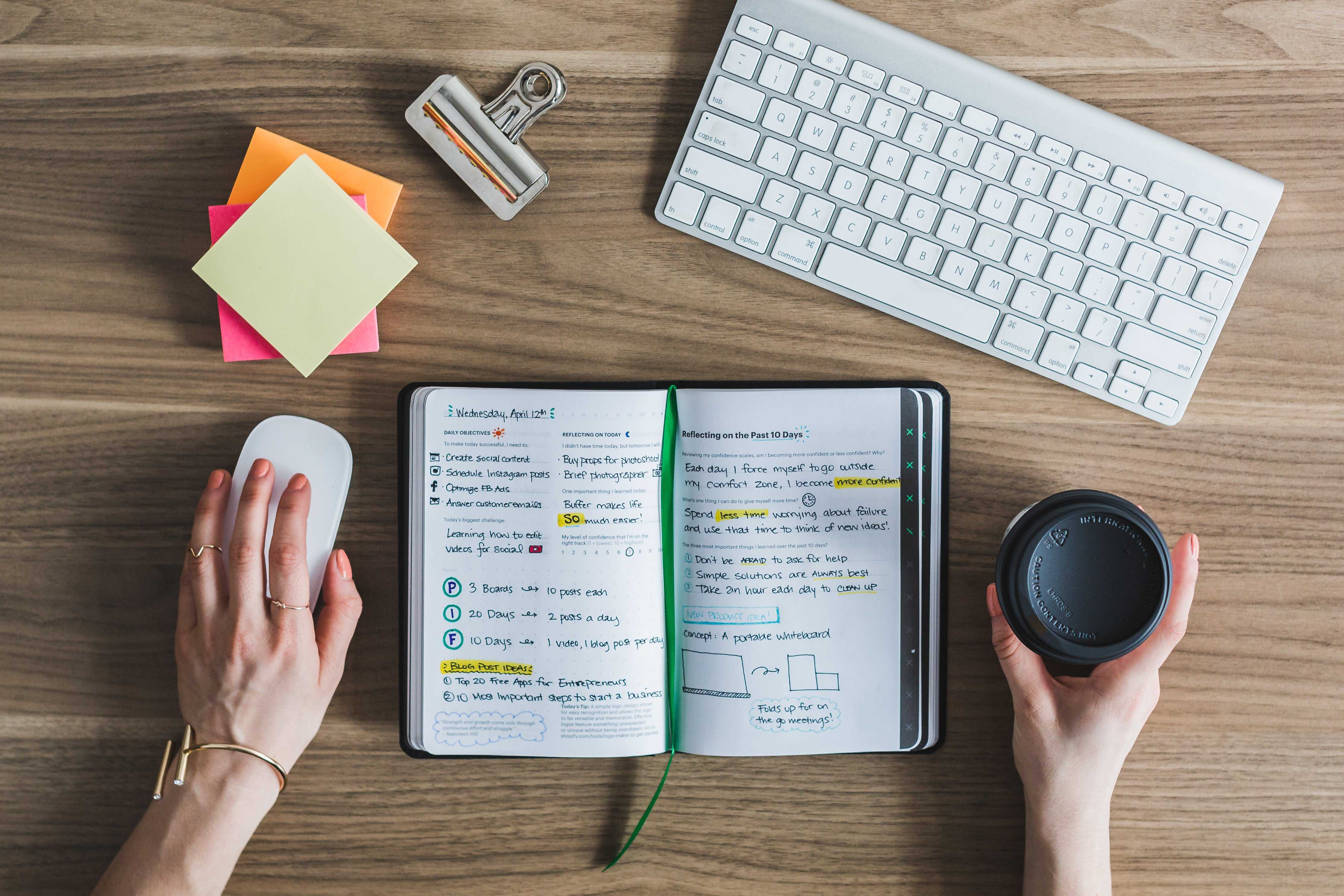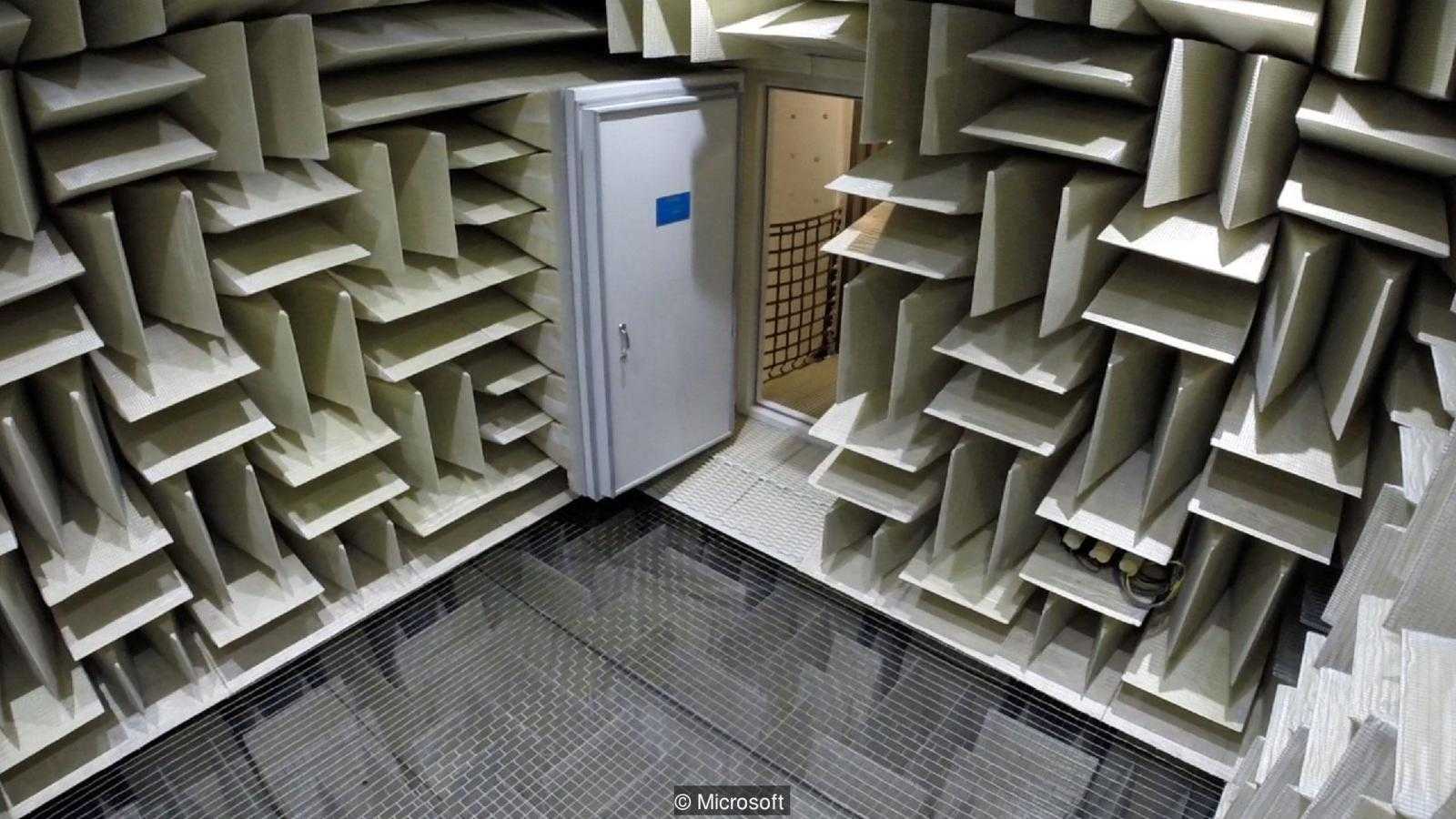Loud noise is damaging for health, and we all know it’s tough to stay productive in a noisy environment. We think we want silence, but are we sure that’s the right thing?
Let’s take a good look at both and decide for ourselves.
Noise
Noise above 85 decibels is damaging for ears, and we are fairly exposed to it throughout our life – office noise, loud conversations, airplane engines, concerts and other events. How do we fight it? Through noise cancelling headphones, frequent silence breaks or plain endurance.
[demo]
Actually, noise can not only distract but can become a source of productivity. There are specific noises that help us concentrate and increase productivity, like white noise or pink noise (depending on whichever frequency you’re more comfortable with). It’s said that it has a positive effect on cognitive functions of a human, which we will examine more thoroughly in the next paragraph.
Does noise improve cognitive functions?
The presence of noise causes certain triggers in the human brain. For example, functional magnetic resonance imaging (fMRI) studies indicate that when exposed to loud acoustic noise the blood pressure increases and the human brain needs more attention resources. Another study by Journal of Cognitive Neuroscience has found that white noise has a positive effect on cognitive abilities such as learning and memory.

It’s not only about learning but sleep, too. Yet one more study by Neuron Journal shows that pink noise stimulates the human brain to fall into deep sleep faster.
Now, looking at all these studies implies that noise can work for us as well. It works the same way that noise cancelling headphones do by creating an anti-noise to cancel the real noise, we can put on white noise and cancel other noises.
However, it’s not always the case since our personality types and level of attention is an important factor too. Some studies suggest that introverted people have a tough time working while listening to noise or music. The same happens to people with high level of attention. In this case, noise serves as a distraction rather than a trigger to improve productivity.
Does this really work?
To confirm this for myself, I decided to listen to white noise for a week to see whether this would improve my productivity. I started with small amounts (15 minutes a day with a gradual increase on a daily basis)
To my surprise it did – over the past week I was able to concentrate on my work a bit easier and didn’t jump from one task to another like I usually do. I couldn’t really tell if my memory got better, so that would probably require another week of noise. I tried to use noise once to aid my sleep, but that ended up performing rather poorly.

On the other hand, doing the same trick didn’t really work on my coworkers, since some of them found the white noise to be really annoying. One person in particular managed to pass through the barrier of annoyance and listened to white noise more frequently. That didn’t last for long either.
One thing I realized is that the higher frequency noises like blue and violet noise are a lot tougher to handle since they resemble a sharp and loud sound.
Conclusion
The final point is, if you want to try listening to noise to improve your learning, productivity or sleep – start with lower frequency noises which somewhat resemble our blood flow. This could be either brown noise or pink noise.
In no way you should force yourself to listen to noise, because if it’s annoying then you can’t really help it, and you may want to work in silence instead.
Silence
We may think we hear silence, but we don’t. Listen closely and you will definitely find some object or a person that produces sound near you. We never really experience the silence itself, especially in a workspace. We may have gotten so used to these sounds, that we don’t feel the distractions of noisy environments around us.
Why silence is important in workspace?
Did you know that an office worker has a span of focus lasting only 11 minutes between each time they get interrupted?
This was shown in the study by the Department of Informatics in University of California, Irvine. And did you know that it takes 25 minutes to get your brain to focus on your initial task after you have been interrupted? It sure sounds horrific.

Concluding the study results, if you think that noisy distractions don’t affect you much, you should try working with noise cancelling headphones on. It will be easier to tell the difference on the spot. You can also get Krisp to see what a great difference it is to have completely noiseless conference calls in your workspace. The noise cancelling software will mute the noise from both sides just for you.
What’s the most silent place in the world?
If you ever wonder what a complete silence feels like, you may be interested in anechoic chambers. The essence behind this creation is absorbing soundwave and electromagnetic wave reflections, so all you will hear is the direct non-reverberant sounds. All the sounds you produce as the source won’t be reflected.
Take a guess: how long can you stay in such a silent room?
45 minutes, and that’s in the anechoic chamber built by Orfield Laboratories. The background noise in this room measures a negative of -9.4 decibels.
You can slowly start to hear your heartbeat ringing in your ears, and enduring it for long can cause a lack of spatial awareness. Either way, this room is available for public, so you can always go for extreme and check it out! 🙂
By far the quietest anechoic chamber registered in the Guinness World Record is built by Microsoft, measuring -20.3 decibels which is below the human hearing threshold.

Source: Microsoft
Conclusion
The bottom line is, it’s perfectly normal to depend on a little silence in a noisy environment, just don’t wish for more or it might have an impact on your health.
At the end of the day it’s up to you to decide whether noise or silence is better for you and you will definitely find a study that supports your point of view.
If you’re like me, then go ahead and blast that white noise to get some work done. But if not, then may the silence lead your way!


